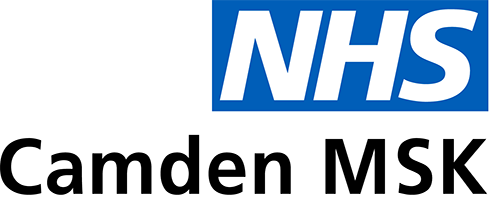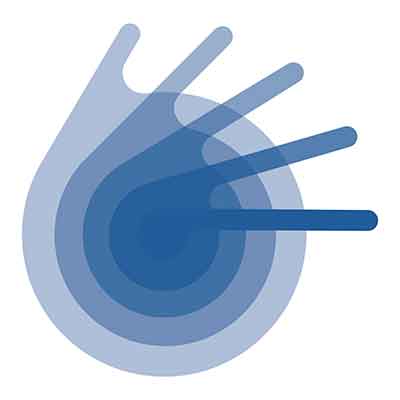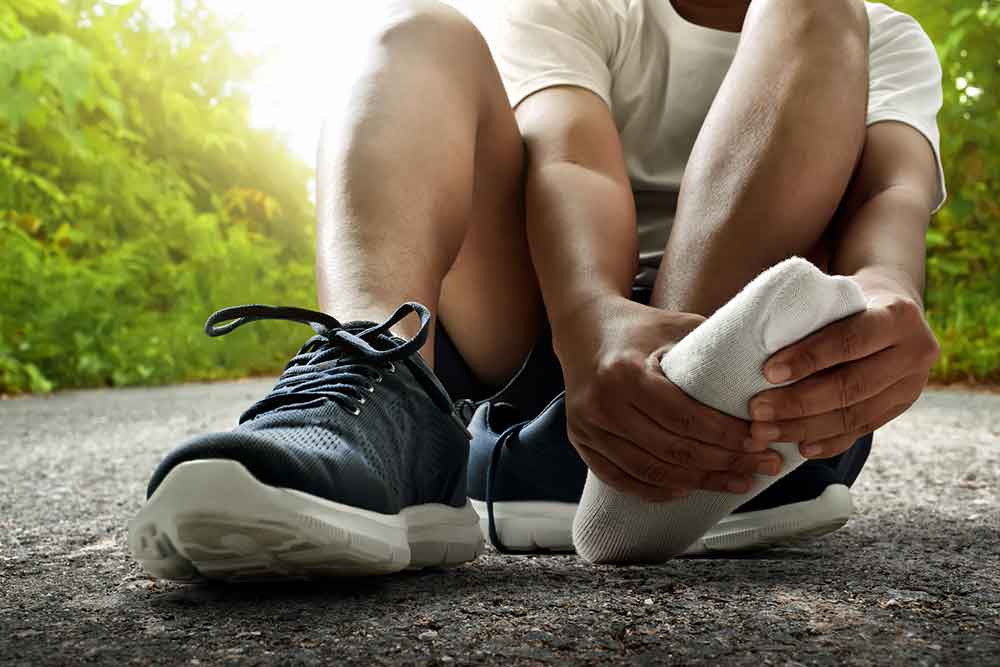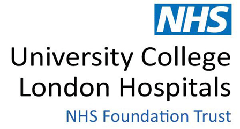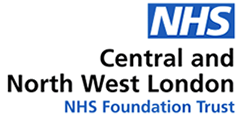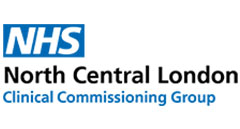Arm & hand
Elbow and Hand pain
Generalised arm pain is common and usually caused by an injury or fall. It can often be managed with rest and over-the-counter painkillers.
If the pain persists even after resting and taking painkillers, or if you have other symptoms and are uncertain of the cause, see your GP.
In the meantime, you can read this page to learn about the common causes of arm, elbow and hand pain. It may give you a better idea of the problem

Managing your pain
If any part of your arm has suddenly started hurting but you don’t think the cause is serious, try caring for it by:
- holding an ice pack (a pack of frozen peas in a tea towel also works well) to your arm for 15-20 minutes every few hours for the first couple of days
- taking over-the-counter painkillers, such as paracetamol or ibuprofen, to relieve the pain and any inflammation
- resting the arm and keeping it raised for as long as possible (try resting it on cushions) to help reduce any swelling and pain
When to get immediate medical help
See your GP immediately if:
- See your GP if your arm pain doesn’t improve after several days, or if there’s increasing redness, swelling or pain.
- your arm pain is brought on by exercise and relieved with rest; it may be a sign of angina (restricted blood supply to the heart)
- you think you may have a broken arm (but aren’t sure)
- your arm becomes red, hot and swollen over a period of a few hours, and you start to feel generally unwell and develop a high temperature; you may have an infection
Call 999 for an ambulance if:
- the pain has come on suddenly and your chest feels like it’s being squeezed (you may be having a heart attack or stroke)
- you have obviously broken your arm (it looks the wrong shape)
Causes of arm, elbow and hand pain
Living with Pain
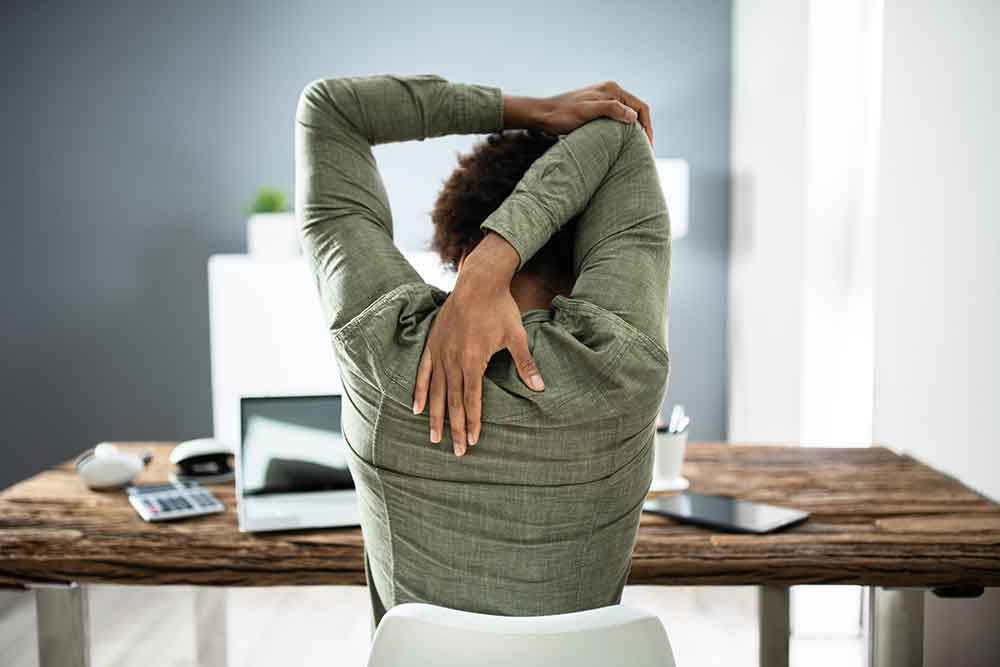
Whether your pain has just come on or you’ve lived with it for years, we have a number of tried-and-tested self-help steps that can help bring you relief.
Service levels
Patient satisfaction
50%
Waiting times
50%
